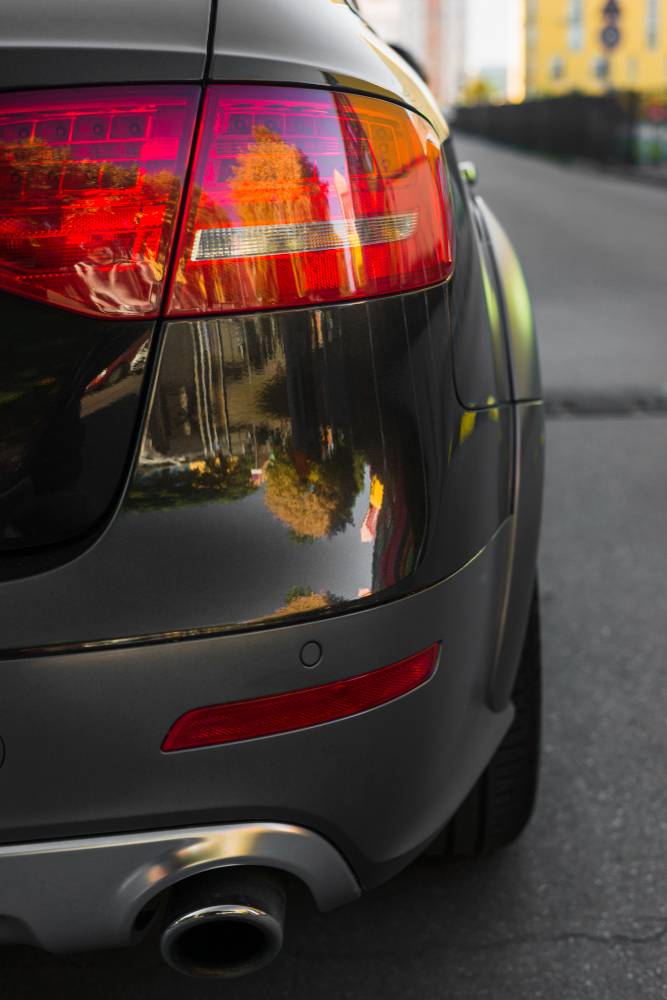Cars with automatic transmission have been steadily gaining popularity for some time now. The availability of inexpensive AMT gearboxes has led to a slew of cars under Rs. 5 lakhs that come with auto boxes. Another reason for their popularity is the ease of driving that comes with them. Automatic cars are a boon in traffic-heavy conditions of India and can be operated easily in bumper to bumper traffic. Though enthusiasts still swear by the control a manual box gives, more and more people are now looking for automatic cars. However, because many people make a new transition from manual to automatic, there are several mistakes they make which end up harming the gearbox. Here are 5 such common mistakes people make while operating automatic transmission and how to avoid them.
Drive down a slope in neutral

Starting with one of the most common mistake people new to automatic cars make, coasting in neutral is a big no. The idea of switching to neutral ’N’ in order to save fuel is a potential hazard for your gearbox. This is because it cuts the oil supply, so the transmission does not get the proper lubrication for smooth operation. This, in turn, results in significant wear and damage. Also, it takes away control from the driver as the car can’t accelerate with the pedal now, which may turn out to dangerous making the car unable to avert obstacles. Therefore, we recommend discarding this habit as the repair costs will be much higher than the negligible fuel savings.
Change gears without halting from D to R (or vice-versa)

Another fatal mistake which people sometimes do thinking that automatic transmission will not get affected by this. However, just as in manual cars, putting the into reverse without stopping can result in gearbox failure. When one shifts gears in auto transmission, the mechanism makes use of a transmission band and clutches for shifting. Therefore, switching the direction of motion from ‘D’ to ‘R’ or vice versa should only be done after coming to a complete halt, unless you are ready for unnecessary wear and tear.
Launch control

Automatic Transmission equipped cars come with a feature called launch control. It lets you get a good start when in a mood for some competition. Manual gearboxes, on the other hand, let you take control of launching the car. People new to auto boxes sometimes build up the revs in neutral and then switch to drive ‘D’ when launching. However, this causes harm to the engine and the gearbox and also makes the launch jerky. The correct way to launch an automatic transmission car is to keep the car in Drive, depress the brake pedal, build revs and when you’re ready to launch, lift off the brake pedal — like you would with the clutch in a manual. To let you know, launching a car frequently has its effect on the components but if you do want to do that, then might as well do it the right way.
‘P’ without coming to a halt

In automatic transmissions, the ‘P’ mode brings the transmission to parking mode which is basically disabling the car from moving forward or backwards. When you shift the lever to ‘P’, the ‘gerbox uses a parking pawl to stop the cog from rotating, thus disabling the car from any movement. However, if the same is done in a moving car, it will result in damage to the transmission. Therefore, refrain from this practice and only put the car in parking mode when its stationary.
Neutral at traffic lights

Last and probably the most common, switching to neutral while waiting at traffic lights is not as lethal but still a mistake. Drivers mostly do this in order to save fuel and reduce the wear and tear of the transmission. However, the loss is minimal if you push the brakes and keep the gearbox in Drive mode. Also, if your car comes equipped with it, use the automatic Stop-Start system. The system turns the vehicle off when you come to a halt and restarts the engine when you take your foot off the brake pedal — provided you have the ‘D’ mode selected.
Also Read: 5 BIGGEST mistakes people make in automatic gearbox equipped cars
Comments
Post a Comment